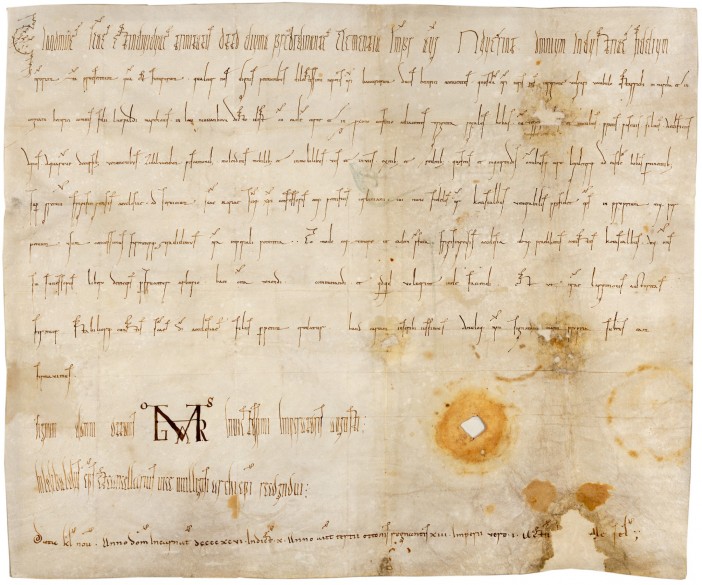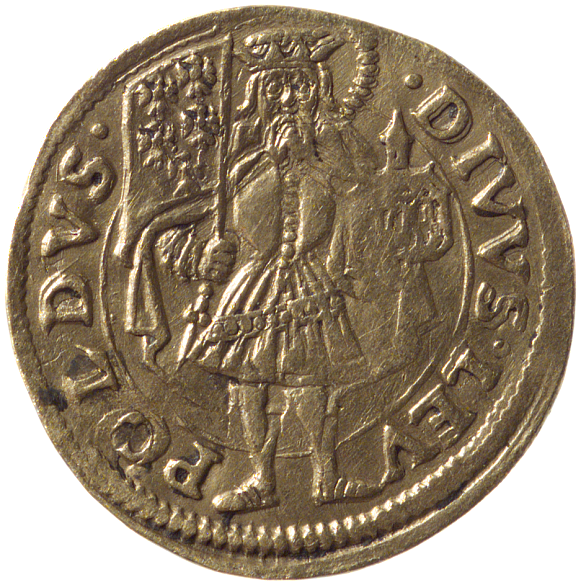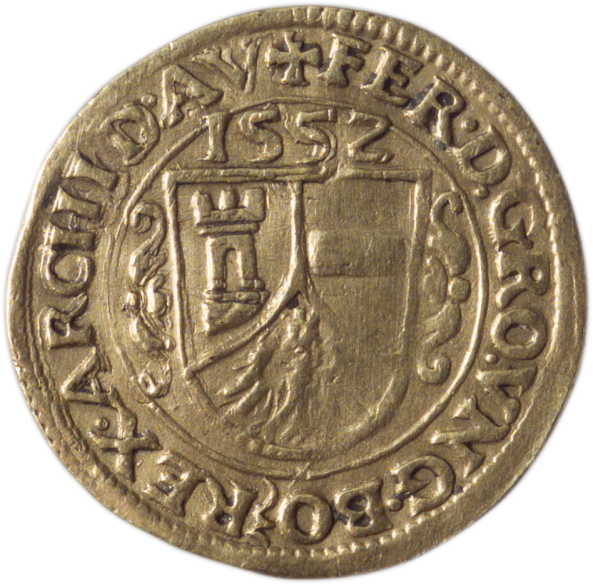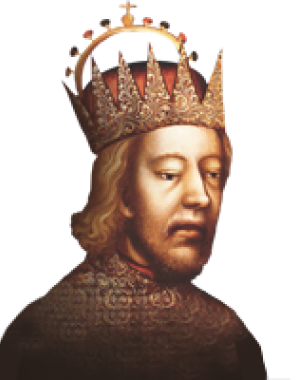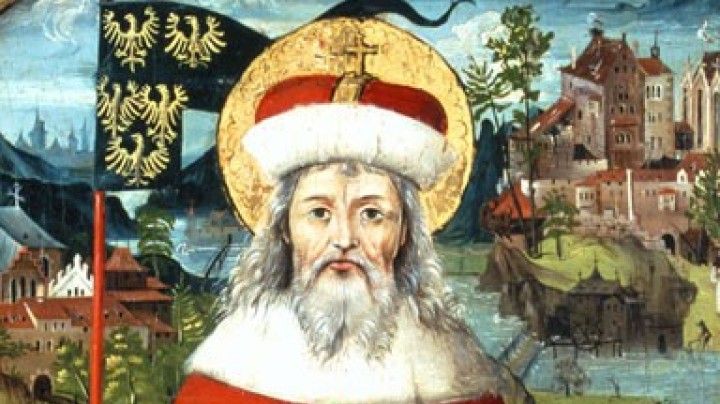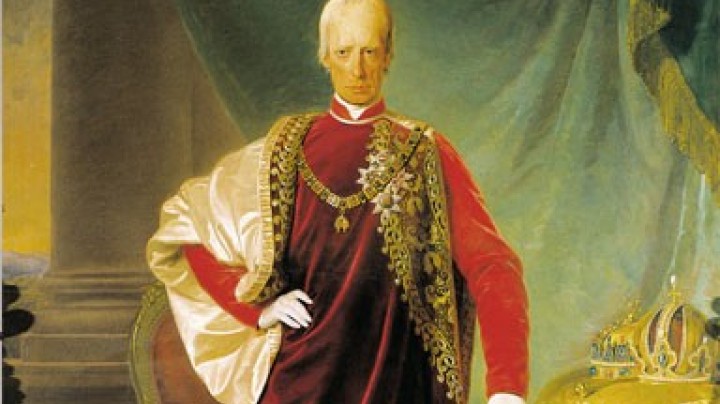Ostarrîchi: Austria under the Babenbergs
In the late Middle Ages, the area along the Danube that was to become the centre of the Habsburg dominions was a contested border zone of the Holy Roman Empire. Before the Habsburgs came to power, the area was ruled by the Babenbergs.
In the early medieval period, the area along the Danube in present-day Lower Austria known as the ‘marchia orientalis’ (‘eastern march’, later often rendered as ‘Ostmark’) was a border area of the Holy Roman Empire. It was the scene of many border conflicts with the Moravians and the Magyars, who at the beginning of the tenth century conquered territory as far as the river Enns. In 955 King Otto I defeated the Hungarians at the Battle of the Lechfeld, which was interpreted as a victory for Christendom over the pagans and paved the way for the area to become part of the Empire once again.
In 976 the Eastern March was assigned to a certain Count Liutpold from the Bavarian noble house of Babenberg, under whom the family’s rule over the area began. The designation ‘Ostarrîchi’, from which ‘Österreich’ is derived, first appears in a document dating from the year 996. The Babenbergs brought in large numbers of new settlers, who made extensive swathes of land cultivable. A decisive part in the genesis of the land as such was played by Margrave (‘Markgraf’ or ‘Count of the March’) Leopold III. It was at the latest during his reign that the Latin name ‘Austria’ was used for the March, though officially only from 1147. Later greatly revered by the Habsburgs, Leopold III was canonized in the fifteenth century. In 1663 Emperor Leopold I made St Leopold patron of Austria ‘above and below the Enns’ (Upper and Lower Austria), a status retained by the saint to this day.
In the course of time the Babenbergs’ power centres shifted increasingly to the east, with Margrave Leopold III’s son Henry ‘Jasomirgott’ making Vienna the seat of his court. It was during his reign that the Emperor made Austria into a duchy through the Privilegium minus (lesser charter), which granted the Babenbergs certain special privileges. Purchases, inheritance, and expropriation enabled the Babenbergs to extend their territory along the Danube in present-day Upper and Lower Austria. In 1192 they came to power in the duchy of Styria.
In 1246 Frederick II – known as ‘the Quarrelsome’ on account of his conflicts with the nobility, the kings of Bohemia and Hungary, and the Emperor – fell while fighting in battle against the Hungarians. Although the Austrians won the day, the duke’s death meant the extinction of his house in the male line and thus the end of their rule in the duchy. In the course of 270 years, however, the Babenbergs had achieved much, most notably the transformation of a contested zone on the south-eastern border of the Empire into a unified territory under one ruler. Only a few decades later, this was to be of great benefit to the Habsburgs.
